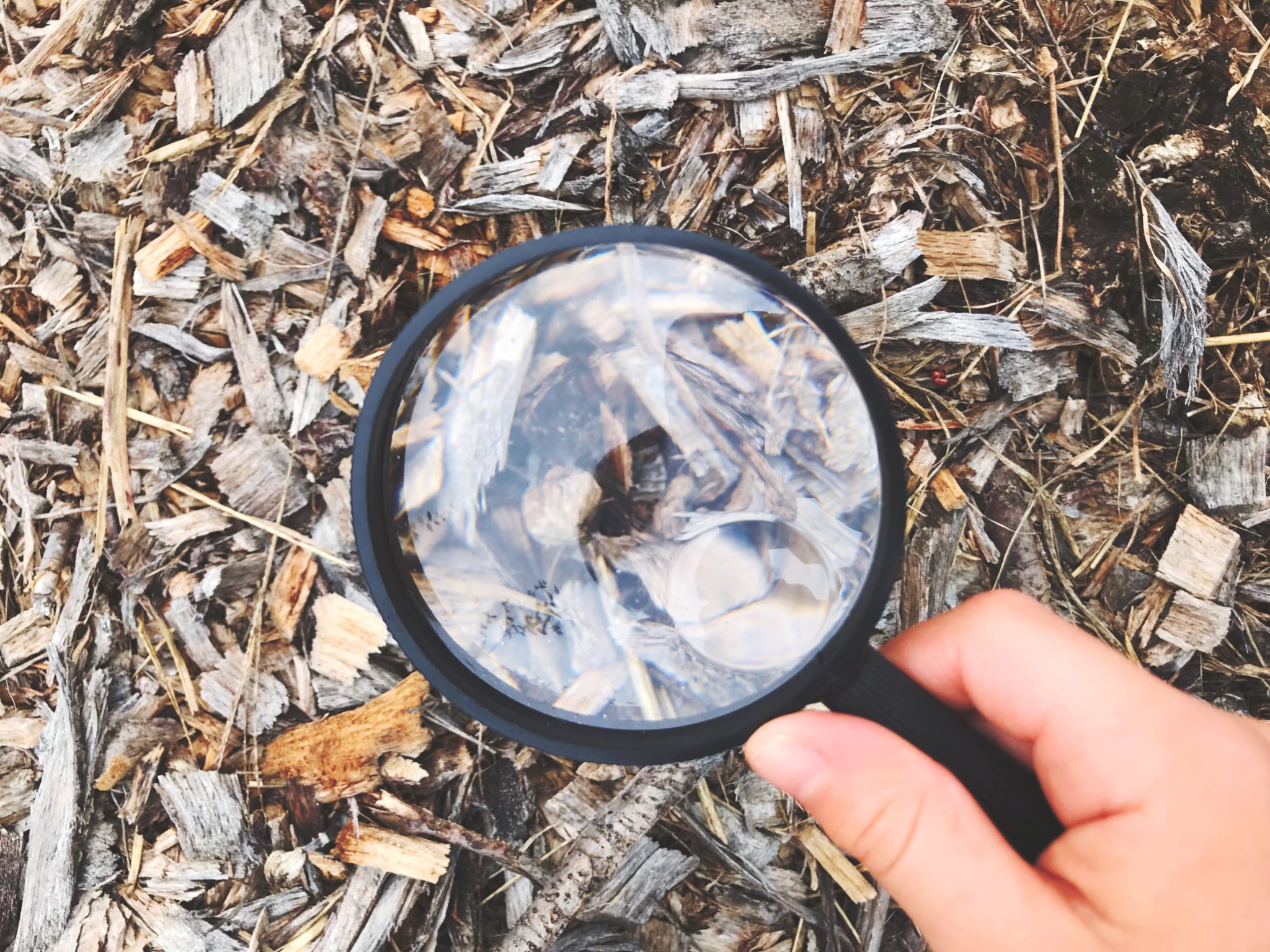
This has led to rapid development of new theories and models for understanding how behavior results from activity within nervous systems. In recent years a myriad of new disciplines have emerged at the intersection of these two fields, and several other disciplines ( e.g., molecular biology, genomics, and computer science) have arisen alongside them. Since Karl von Frisch elucidated their dance language 1, honey bees have remained a popular study species for researchers in animal behavior and neurobiology. We conclude with a discussion on the importance of adapting the experimental method to the biological questions rather than the other way around.
#Takenote cornell magical mushroom how to#
Finally, we discuss the advantages and disadvantages of each method and describe common hurdles and how to best overcome them. These include both noninvasive methods such as oral and topical treatments, as well as more invasive methods that allow for precise drug delivery in either systemic or localized fashion.

In this paper we demonstrate methods for treating restrained or free-flying honey bees with a wide range of pharmacological agents. Because of this, it has been necessary to develop a range of techniques for pharmacological manipulation of honey bees. It is important, however, that the experimental techniques used to study bees do not interfere with the behaviors being studied. Therefore, bees have long been a favored model amongst neurobiologists and neuroethologists for studying the neural basis of social and natural behavior.

In addition, their brain is small, easy to visualize and to study. Honey bees demonstrate astonishing learning abilities and advanced social behavior and communication.


 0 kommentar(er)
0 kommentar(er)
